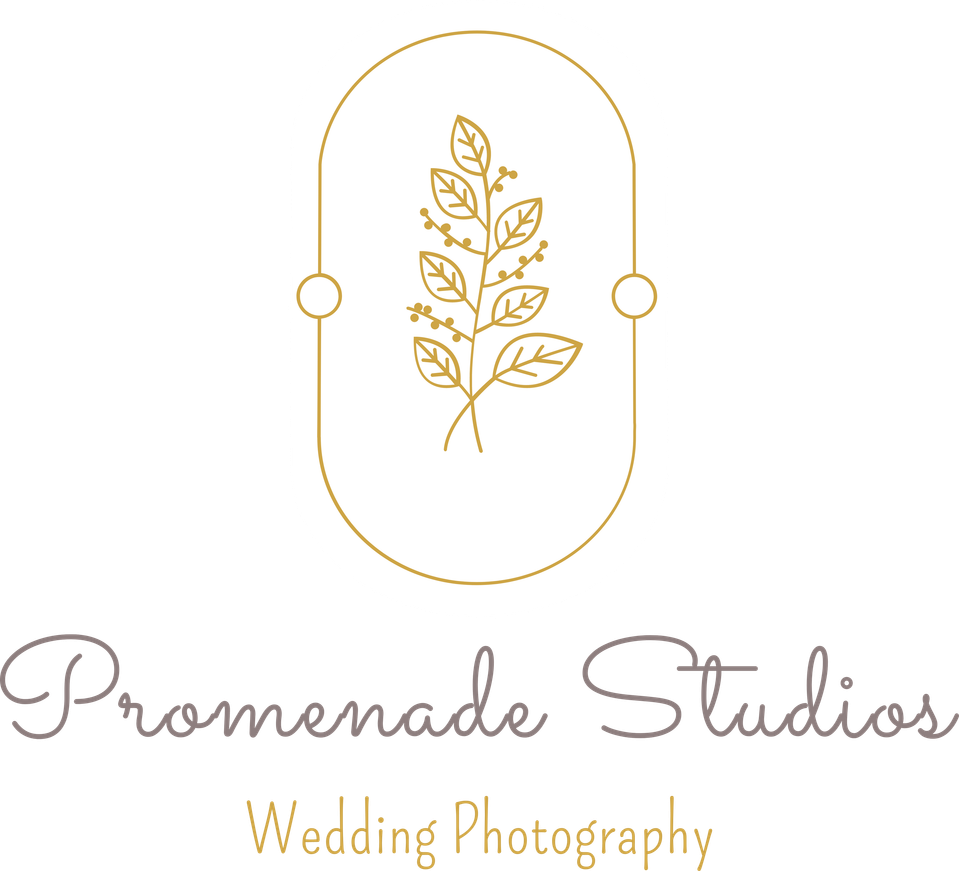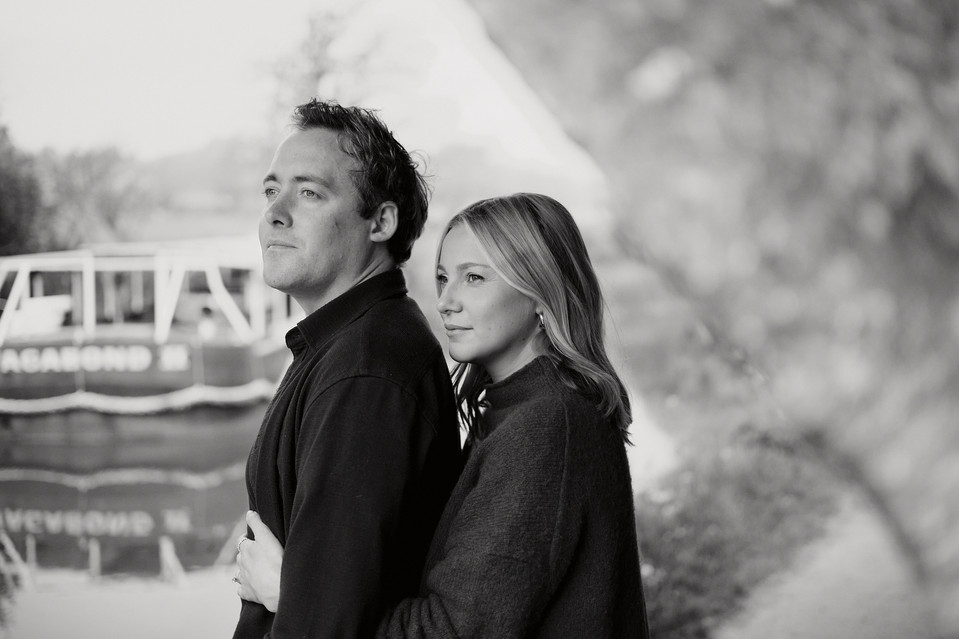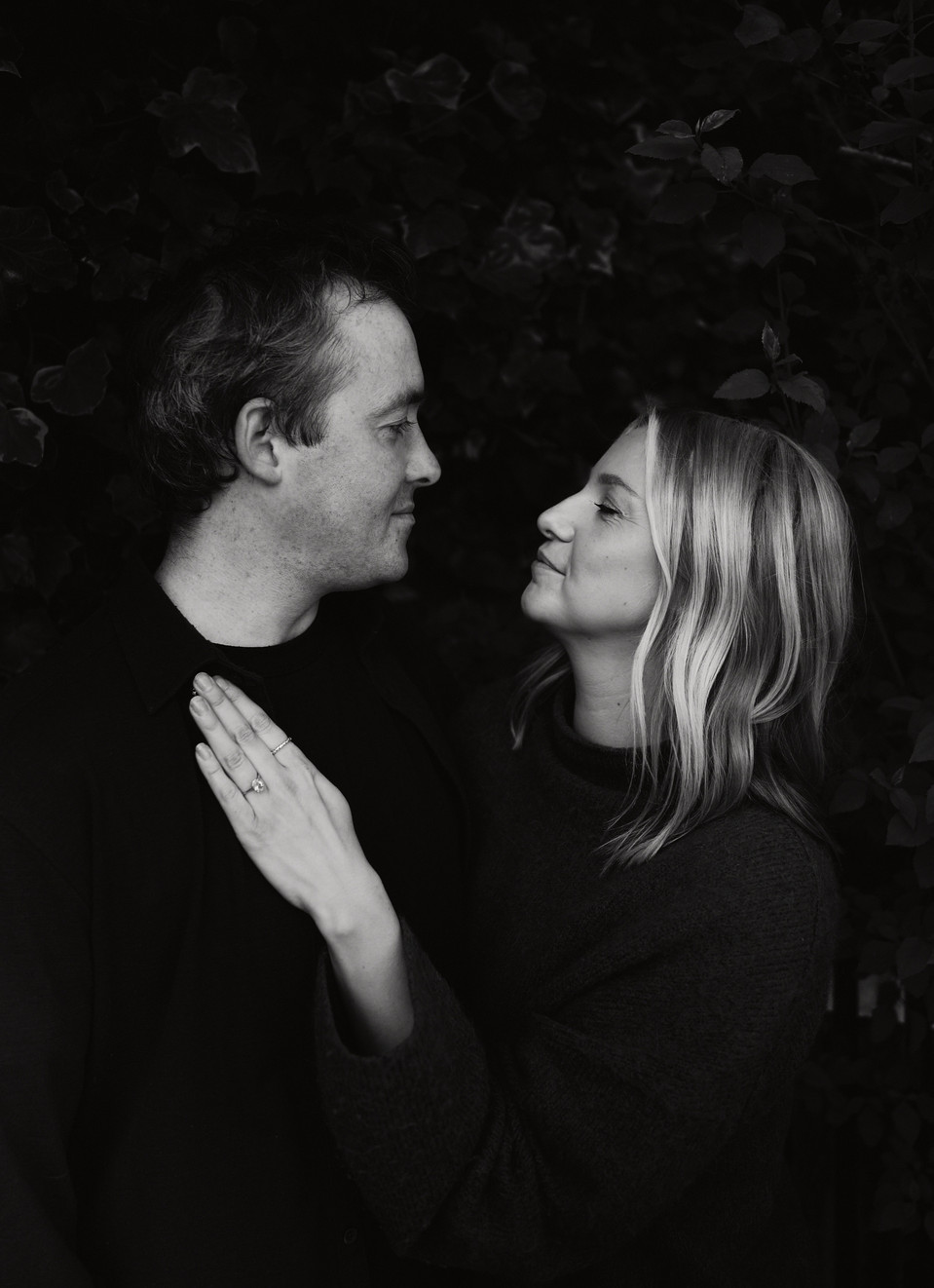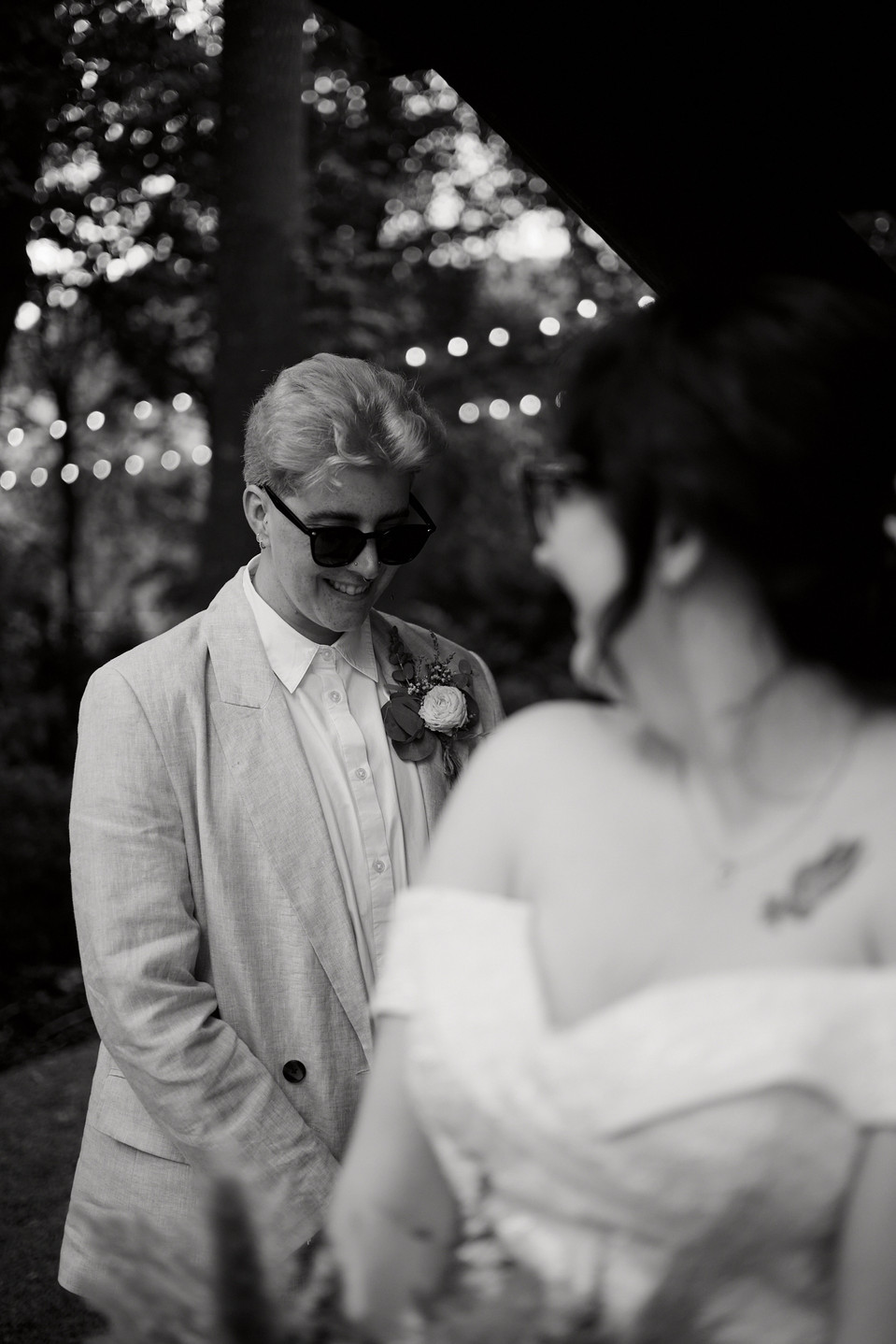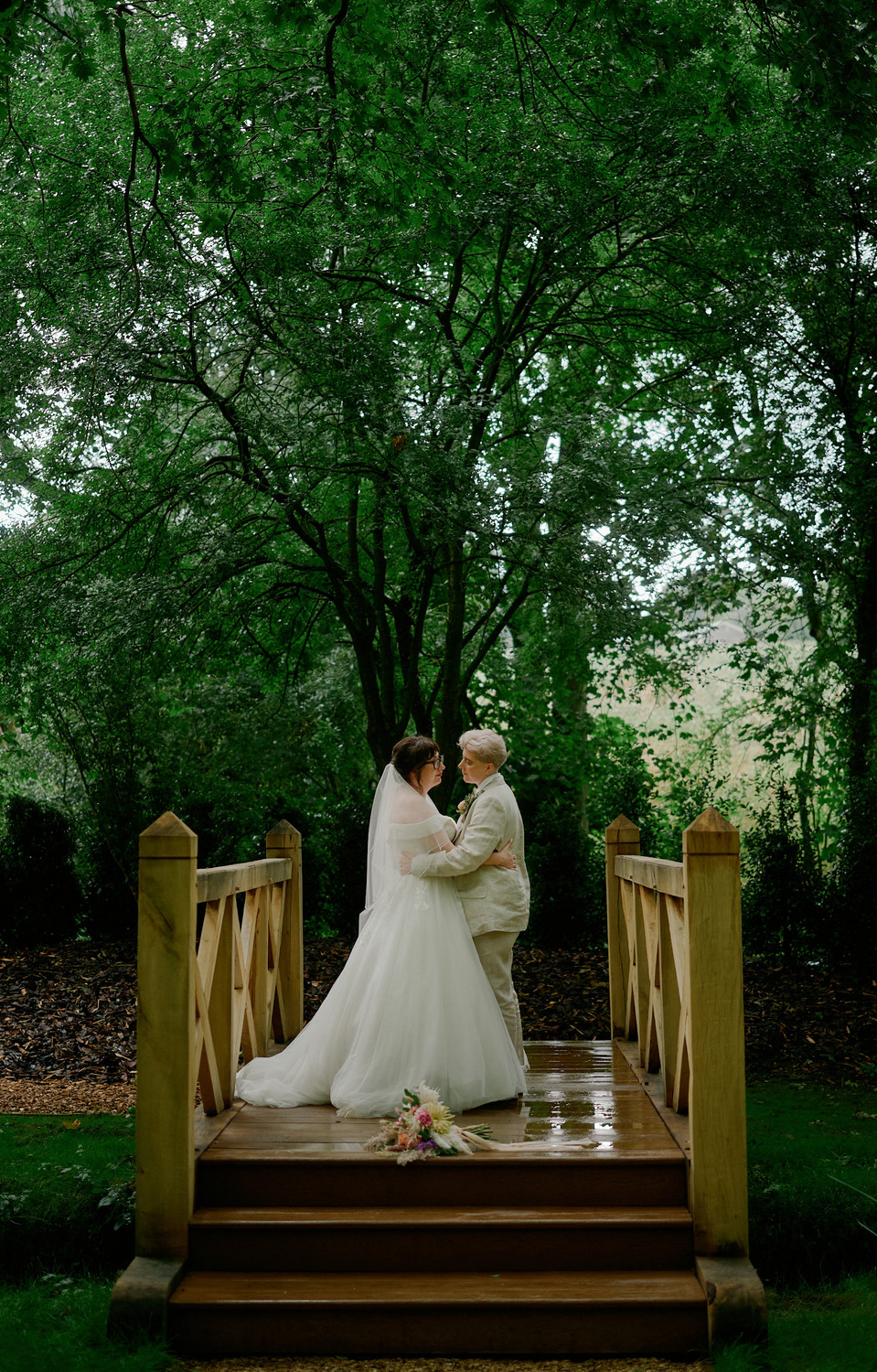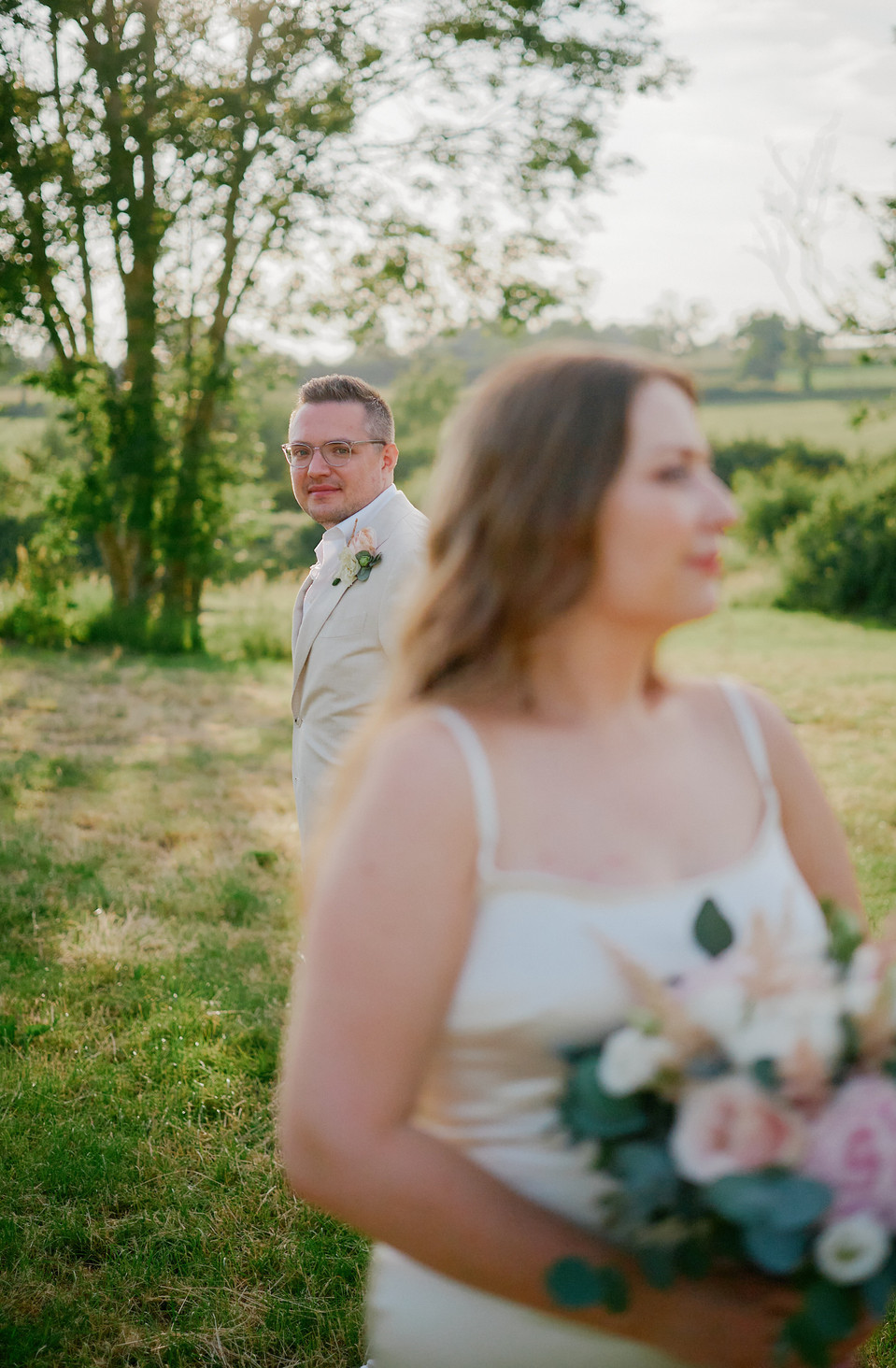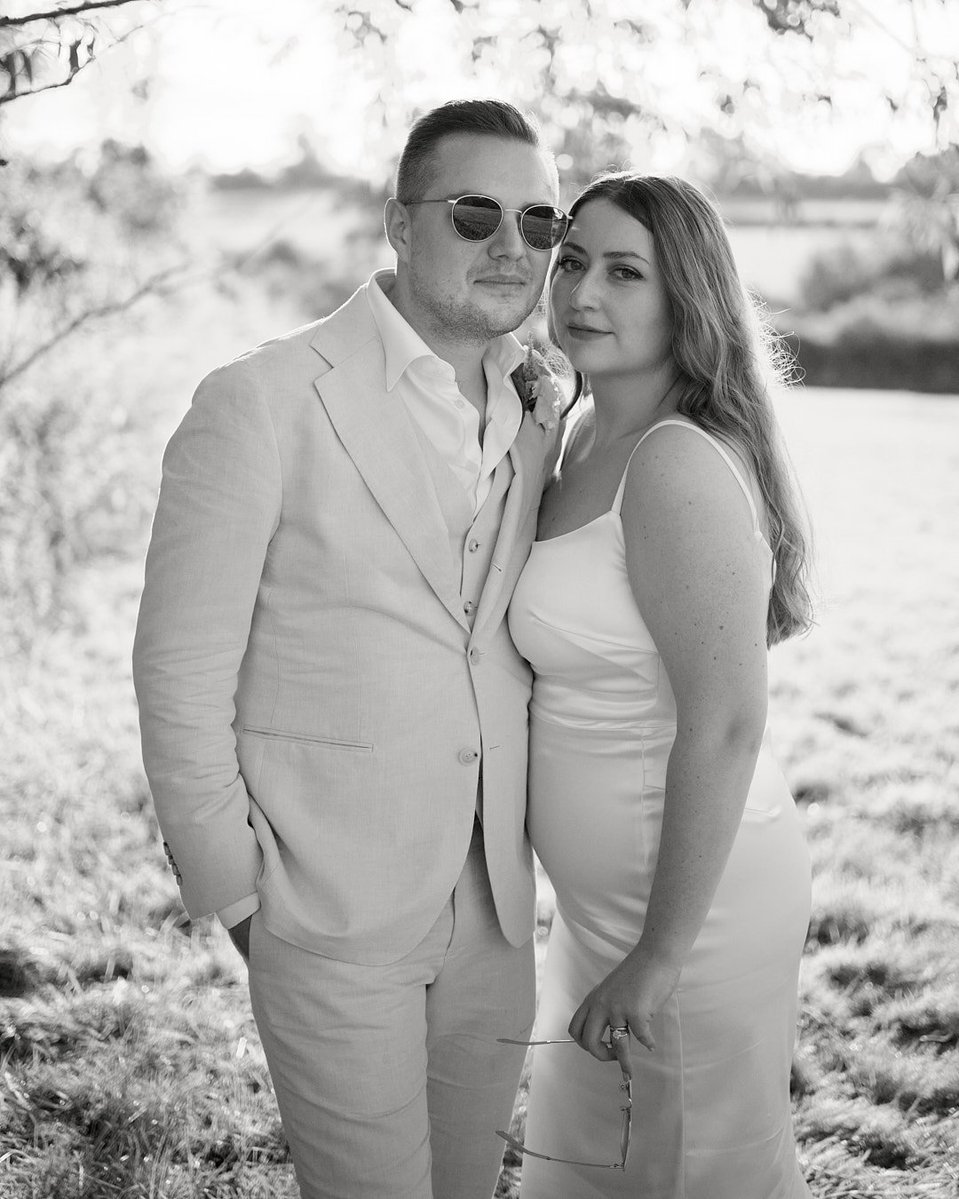Fujifilm 33mm f.14 R LM WR | Wedding Photography
August 27, 2023I don’t usually post gear reviews here - I think the last one must have been about the Fuji X100F which I described as the perfect everyday carry for documenting life and as a B-camera for my wedding photography at the time. Read about it here, if interested, as I think it’s still a great choice in 2023, especially with the X100V prices sky-rocketing over the past months - I shot the Fuji X100V and so I speak from experience. Anyway, I digress. Back to the Fujifilm 33mm 1.4 R LM WR, the lens that made me itch to post my acquaintance with this formidable piece of gear which I believe every wedding (or otherwise pro portrait) photographer sporting Fujifilm X-mount system should own. Spoiler alert, it’s amazing in every respect and I can wholeheartedly recommend it to anyone considering it. We’ll of course look at it from a wedding photography angle with images shot using the lens at various apertures.
I’ll spare you the time reading about the build quality of the lens and instead quickly squeeze in this thought - it’s bigger than its older sibling, the 35mm which I believe you might be more inclined to get if you’re not a pro, aim for a smaller (but still absolutely amazing lens, especially for its IQ on the newer Fujifilm X-mount cameras) and more affordable walkaround lens - street photography anyone? The Fujifilm 33mm 1.4 is bigger, weather sealed and honing more glass elements, and thus a bit more chunkier to carry especially if you have it with the round lens hood attached, which I do 90% of the time. In short, the lens feels sturdy and well constructed with positively stiff aperture clicks, something that’s been fixed over the Fujifilm 18mm f1.4 R LM WR, using which it is possible to accidentally change the aperture due to the softness of the ring. Well then, onto the most important aspect - the image quality which is absolutely outstanding!
Fujifilm 33mm 1.4 R LM WR comes as an addition to the newer line of lenses to the already impressive stable of glass for the X-mount system and I wanted to have it in my line up particularly because I was already impressed with my 18mm 1.4, which I absolutely love! The reasoning here was to shoot lenses which render in a similar way, resolving beautifully, albeit slightly more clinically rather than the older f1.4 versions - I previously swore by the 23mm 1.4 v1 and the 50mm f2 Fujicron but when I added/replaced the 23mm for 18mm 1.4 I noticed the difference in image resolving right away and decided that my beloved 50mm f2 cron would be traded in to get the 33mm 1.4. No regrets! Although, I would still recommend the 50 cron f2 as it’s a small beast that lacks nothing in terms of IQ, weather sealing and size, which all rounded it up to be pure joy to use both at weddings and during personal projects. The 33mm 1.4 therefore resolves in line with the 18mm 1.4 producing some of the cleanest and sharpest files I have ever seen from the X-mount system. Mounted on the X-T3 and X-Pro2, and discounting the fact that the lenses can resolve the newer 40mp sensors in X-T5, say, I continue to be enormously impressed with the image quality - and no, I don’t think I need the 40mp for better files. This is true not only for the digital files but also for print where the detail and texture of the output is absolutely stunning - something even my clients comment on and ask a question or two about how the output was achieved.
Before I describe my favourite part of the lens, the wide open f1.4 output, I’d like to touch on an aspect that got me particularly gobsmacked, but this requires a bit of a context to understand why I’ve been so impressed. Here goes: when taking photos at weddings, which mostly happen during the ‘harsh light season’ as I call it, I’m very often challenged with settings and locations that are heavily backlit. Now, both Fujifilm and Fujicron lenses handle these situations well, particularly when compared to what I’ve experienced with e.g. Voigtlander lenses at similar prices, but the 33mm 1.4 is in a league of its own! No longer do I need to work around the location in order to avoid certain angles of light which would otherwise deem the photos unusable for their chromatic aberration and purple fringing - I seriously don’t know how this is achieved (well I kinda do as the lens glass arrangement in their 9 groups does this) but I come to the session with the “Is that the best you can do, Sun?” attitude rather than “Hmm, let’s see how we can make this work”. And for a wedding photographer this is HUGE! You see, the clients see the location, they see the setting, the elements coming together and they don’t care about how the light hits - they want what they see - after all, this is why they chose the venue for their wedding day. And so, the lens has you covered and it’s a great feeling! In-lieu with how the above is handled, there comes another feature I love how the lens delivers - the flare. Equally, this is very well controlled and the effect produced is pleasing, soft, angelic even - something very welcome in wedding photography.
But the goodness doesn’t stop there. What if you’re into more dramatic style of photography and love harsh textures, contrast and tones? Well, you got that here too as the Fujifilm 33mm 1.4 absolutely rocks in this department as well! I do not want to overuse and bring up the widely-discussed term of micro contrast here - there’s been way too many entries on this aspect of the lens all over the internet - but it is there and it is stunning. This, in practice, means that during your editing process (depending on the base curve selected - I use Capture One Pro for all my edits) you don’t need to add much contrast at all in order to get the definition and sharpness from the files.
And now (finally) onto my favourite feature of the Fujifilm 33mm f1.4 R LM WR - the rendering at wide open aperture of f1.4 and subject separation. This being 50mm focal length full frame equivalent, and with its perfect compression for wedding portraits, I find that the subjects are beautifully brought forward (the infamous 3D pop anyone?) and the bokeh (aka the background blur) is smooth, fading angelically into the soft and extremely pleasing way creating output that’s beautifully crisp and clean for both print and online gallery preview. I have no other words to state this - this lens is an absolute dream for wedding photography and the results I’ve been getting from it are consistently outstanding, outperforming any other lens I’ve used before and, dare I say it, the perfect lens for a wedding shoot. Yes, there is some slight vignetting at f1.4 but that is to be expected and it’s nowhere near to what you’ll see on other lenses for the system, third party or not. Besides, for me personally, the vignetting actually accentuates the subjects more and so I hardly ever remove it in post. Stop the lens down to f2 or f2.8 and the vignetting is almost entirely gone, job done. Then, the lens sharpens up even more all the way to its peak at between f5.6 and f8 - as per the rule of “always two stops down from its maximum” (which is f16). More often then not though, I don’t add sharpening to my images as the files produced are already amazingly crisp. You might have heard or read it elsewhere that some say the lens produces clinical results, and this might be true to some extent. However, I think the results are more than that and beautifully marry (see what I did there? 🙂 ) excellent and sought-after Fujifilm colours with the new venture of the brand challenging the outputs of full frame sensors. And this brings me somewhat to the next point - autofocus and low light performance.
The praise for the lens will continue here too. And I’ll keep it snappy - another pun. But it’s very appropriate as the autofocus of the lens is fast, reliably tracking subjects, and basically silent. This comes especially handy during the vows when any sound is easily perceptible by everyone around you (and you don’t want to be that guy making noise). See, told you it’ll be short.
Next, I’d like to touch on colour rendering and tonal range, where the lens also delivers admirably, especially for the latter aspect. I’ve already mentioned that wedding photography presents me with situations where there is little I can control in terms of choosing when to shoot and often where from; these restrictions might be present due to the interior design of a room or, when outdoors, where people stand and the options (or lack thereof) how to move around them. In other words, things happen abruptly, with little room (and time) to adjust to the conditions and so I need my gear to be reliably delivering shots that give me enough tonal span to fix things in post. Camera settings aside, the Fujifilm 33mm f1.4 R LM W definitely shines here and I’ve never had a situation where even when shooting in heavily backlit conditions, did I have to worry about clipped highlights and unrecoverable detail. Again, this is subject to observing the camera settings and the exposure triangle to be all set appropriately. And so, I’ve been positively surprised on many occasions how the scene captured had both the subject that stands out from the background and is sharp, with detail in highlights visible in a raw file right off the bat. Side note, for even more scope and legroom whilst editing, I often set my starting curve to “Film Extra Shadow or Film Standard” in Capture One as then the ability to edit for a wide spectrum of dynamic range is easy.
All in all, the best lens I’ve ever used! Period. I could go on and on about other aspects of this lens but instead I’ll do the photos talk and you can see for yourself, and hopefully like the results. But if you do have any questions about the lens, drop me a line, let’s get a coffee and chew the fat!
Thanks for reading.
Mike
